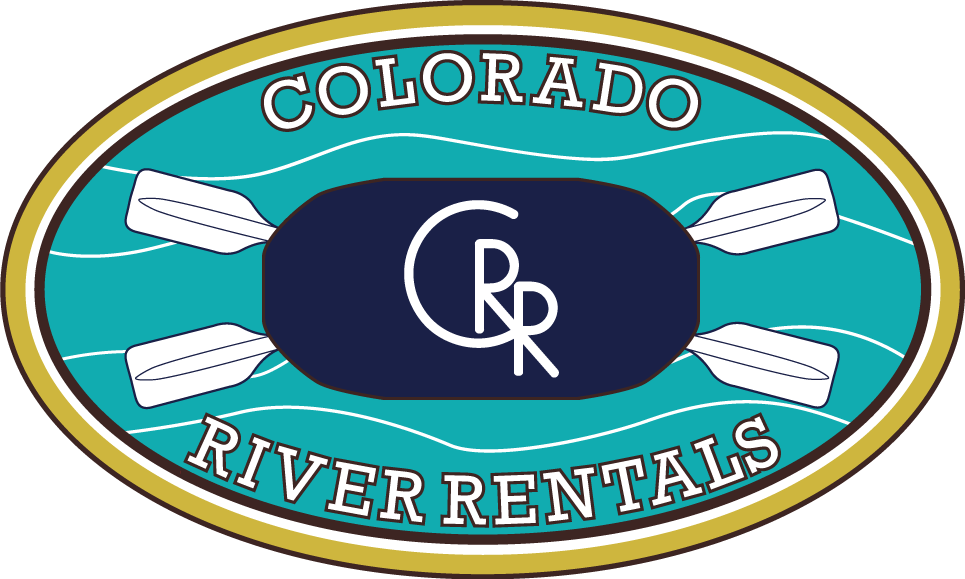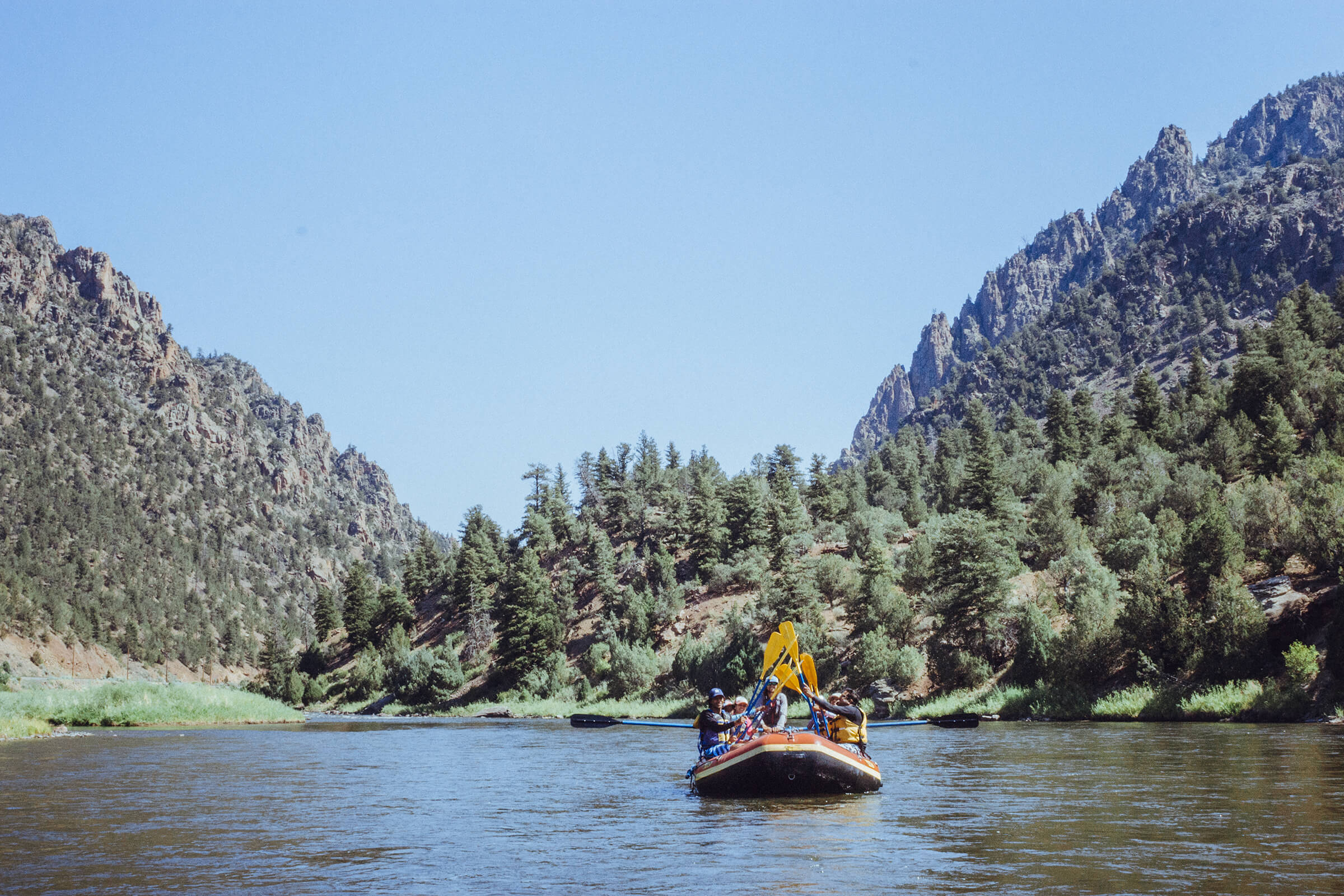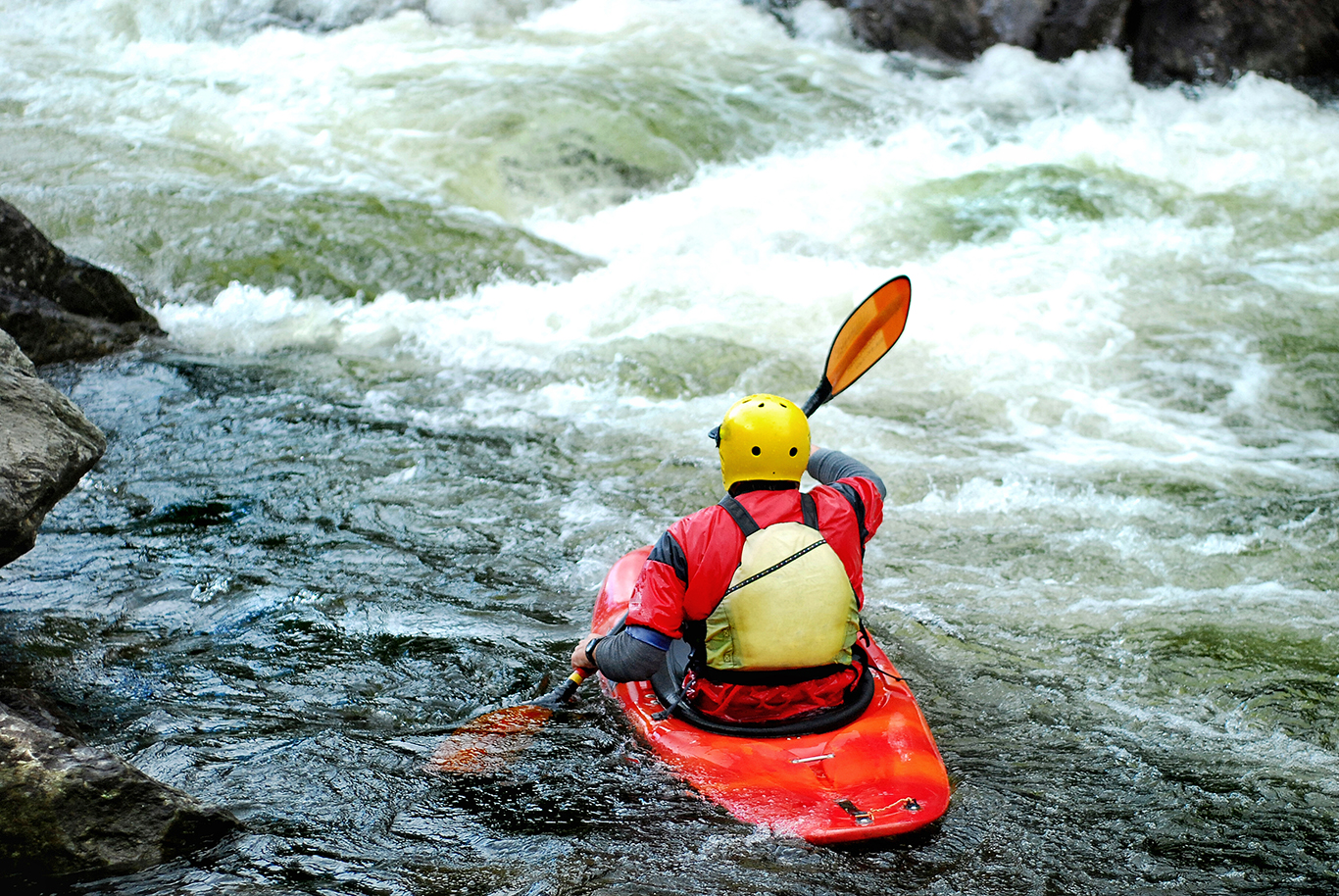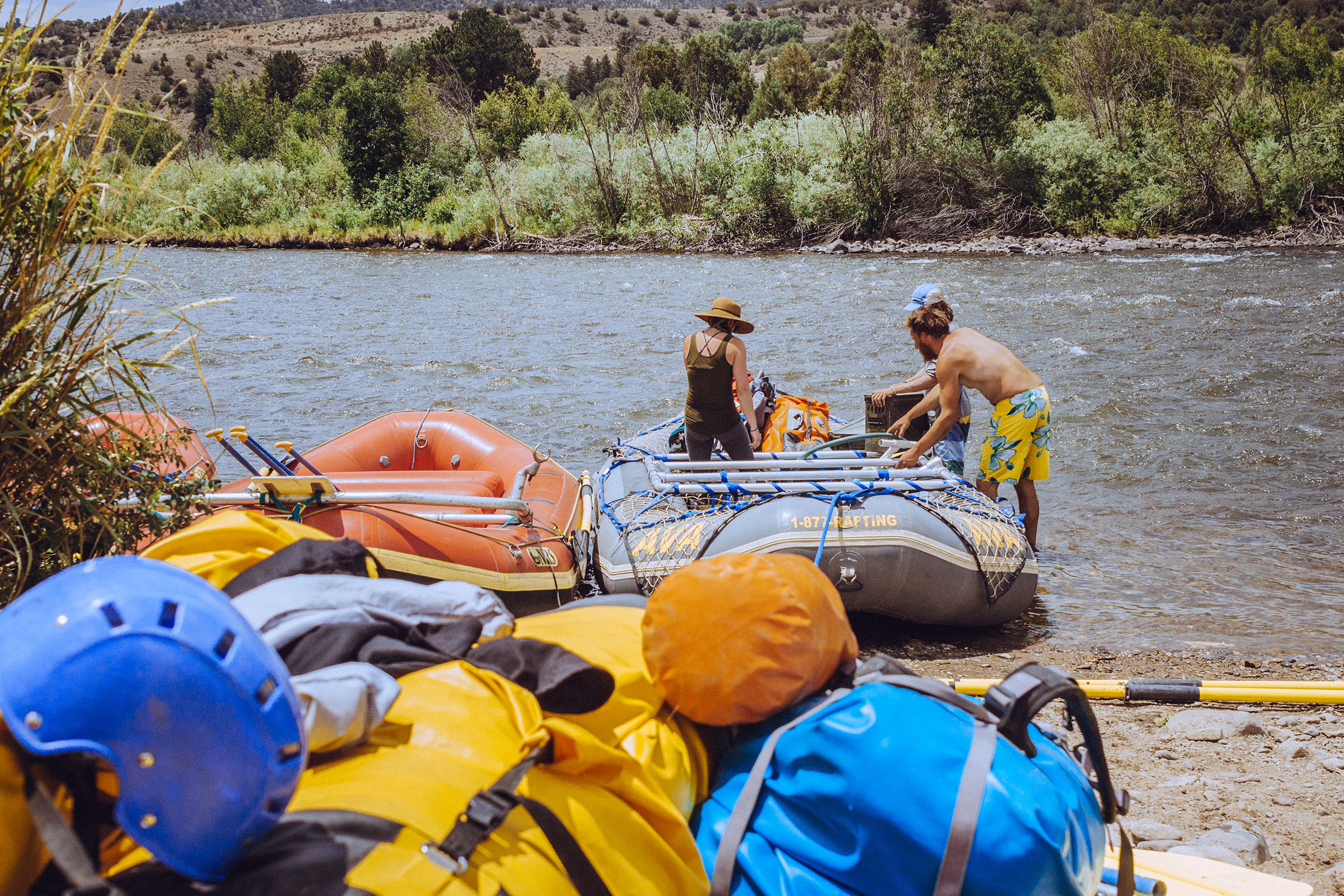10 Safety Tips for Private Boaters on the Colorado River

Getting out on the river with friends family or even solo is pretty unbeatable. There is definitely something about being on your own time, stopping where you want, maybe camping along the river and taking in the serene Colorado environment. No matter how amazing the experience is, it is always most important that you are safe while you are on the river. Check out these top safety tips before you embark on your next river trip!
1) Do Your Research
The most important thing you can do before embarking on your whitewater journey is to educate yourself on the river, you’re about kayak or raft. If you are unable to go with someone that has rafted or kayaked the river before it is important to read up as much as you can before you go. Also, besides just knowledge of the river it is important to know what to do in any circumstance you could get yourself into on the river. It is important to know the safety tips rafting whether you’re on the Upper Colorado float trip or rafting through the raging Gore Canyon.
2) Always Wear Your Personal Flotation Device
One of the most important rules is to wear a proper fitting life jacket. This means making sure your PFD (personal flotation device) is tightly strapped and buckled. Have a friend tug on the shoulders of your life jacket. If it lifts over your chest at all or even slightly you need to tighten the straps. This is important in making sure if you go in the water your head stays above the surface. Additionally, if someone needs to pull you on the raft or shore it ensures that it will not slip off.
3) Always Check the CFS Before Getting on the River
It is also important to scout the path you are going to take on the river, rising and lowering water levels can change the features on the river daily. To help you gauge what features will be visible always check the CFS (cubic feet per second). Every river is a different width and the CFS means different aspects of the river will be showing. Go back to tip 1 and do your research once you learn what the CFS is that day.
4) Give Other Boaters Space
Remember to let the boat in front of you complete the rapid then go through. It is important to do this in the case you don’t run the rapid perfectly you will need some extra room to make corrections. You do not want to be responsible for getting another boat stuck or even flip and you don’t want another boat to make you flip, so it is always best to leave plenty of space between rafters.
5) Know Your Skill Level
Make sure that the section of river you raft, or kayak matches your skill level. If you are new to rafting and kayaking stick with class I-II. If you are experienced have some unmatched whitewater fun on class III-V. We definitely recommend always getting started on a low key river. You will still have plenty of fun, and make sure you have the skills to navigate through bigger rapids. Don’t put your skills to the test, and raft outside of your comfort zone, you and the people you love can get hurt.
6) Dress Accordingly
Always wear a helmet, in the case you go in the water there’s a possibility you could hit something like a rock that you could not see. Secure footwear is always a good idea and should not be looked past. Make sure you have a wet suit for those chilly days. The water is cold and you will be getting wet, so plan accordingly and bring layers!
7) Don’t Raft Alone
Always raft with at least one other person. Never go rafting alone. In case you need assistance getting back into the raft or out of the river having someone with you will ensure your safety as long as they know all the safety precautions of rafting as well. If you want to be solo on the river, jump in a kayak, but make sure your friends and or family know exactly where you are. They should never be to far from you in another raft. There are so many vairables with rafting, that you should never be out there alone in case you need additional assistance – even the best rafters do!
8) Stay Calm
Panicking never helped anyone make a situation better and that is the same for rafting. In the case you do end up swimming it is very important to stay calm. You need to remain levelheaded in order to see your exit route. You will most likely pop up right next to the raft, grab on to the perimeter rope on the raft and pull yourself up. If you’re having trouble getting into the raft then someone in the raft can pull you in by your PFD. If you find yourself under the boat use your hands to walk yourself out from underneath.
Always remember to just use your head, if you are closer to shore it may be more beneficial to swim there, and always swim around any obstacles in the river.
9) Bring a First Aid Kit
Always bring a first aid kit as well just in case, some rivers have extra strapped to trees after a hard rapid. You are out in the wilderness and may need some medical attention and you know what they say, it i better to have and not need, then to need and not have!
10) Stay Hydrated
I know a day on the river with a case of beer sounds like a great time but in the circumstance, you need to use any of your knowledge of whitewater safety you need to think and react quickly. Being on the river, under the hot sun, and navigating rapids can cause dehydration and exhaustion. Don’t make it worse by drinking. Rafting is already the most fun activity around, there is no need to make it more dangerous!
Don’t let this information scare you. Rafting is an amazing time for the entire family on low classes. It’s always helpful to know more than you need to. Have an amazing, safe, and sober time on the Colorado River.



